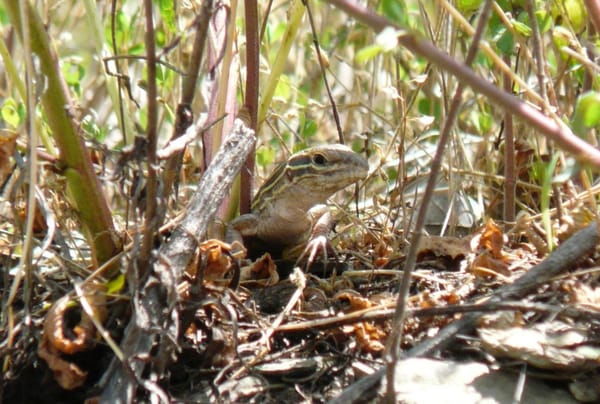
Western whiptail lizard vertebra
I learned a thing about lizard vertebrae.

I learned a thing about lizard vertebrae.
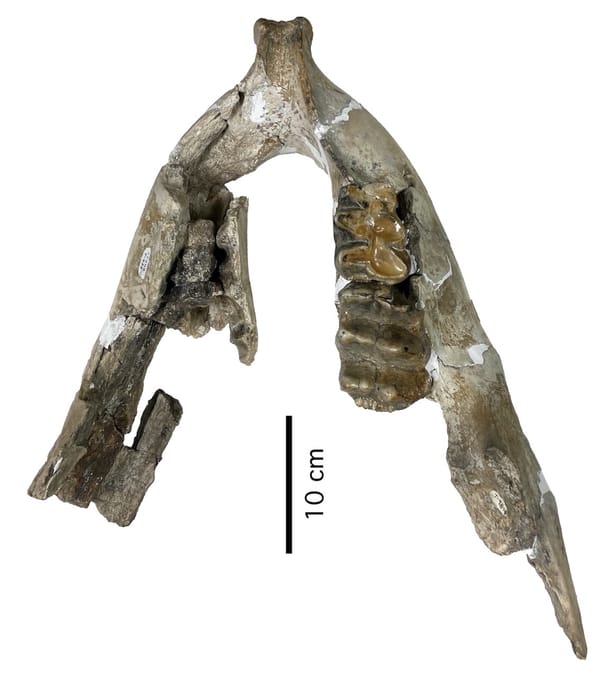
Even with only a few pieces of the skeleton, we can infer quite a lot about a mastodon that died in the Louisiana swamp thousands of years ago.

In modern, well-run excavations, when a fossil skeleton is discovered the goal isn’t just to rip the skeleton out of the ground. Lots of contextual data is also collected, including the nature of the sediment containing the skeleton as well as any associated bones, fossil plants, pollen and other
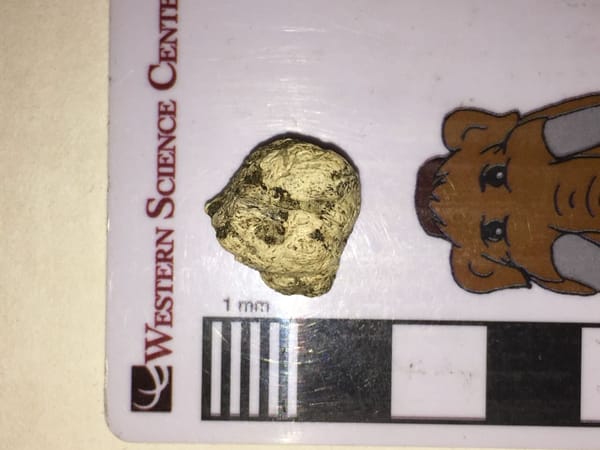
Vertebrates have a long history of armor-plating themselves with bones embedded in the skin. These are called osteoderms - literally "bone skin" (but it sounds so much cooler in Greek). While many vertebrate groups have osteoderms, they aren't something mammals have really adopted, with the exception
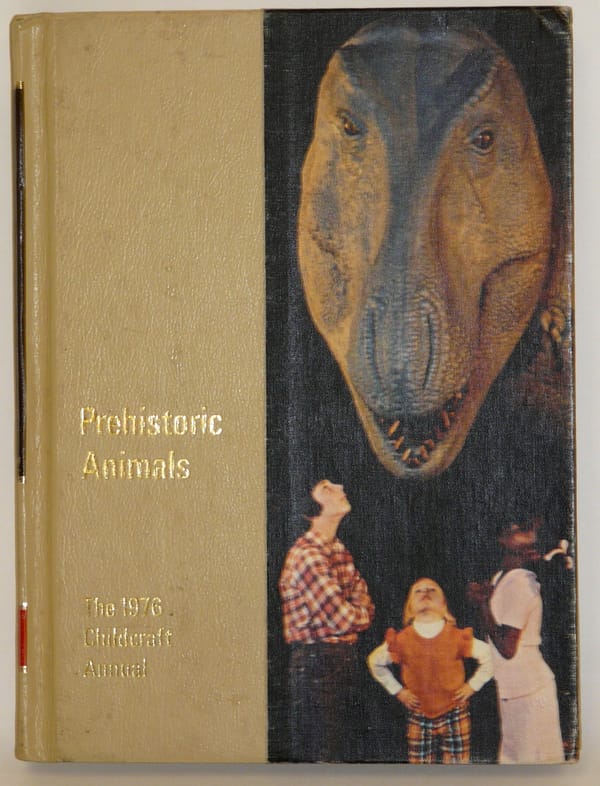
*Author's note: this is an edited republication of a post I originally wrote for my old blog, "Updates from the Paleontology Lab", on 4 March 2011. A question that I’m frequently asked by museum visitors (especially parents with young children) – why did I become a
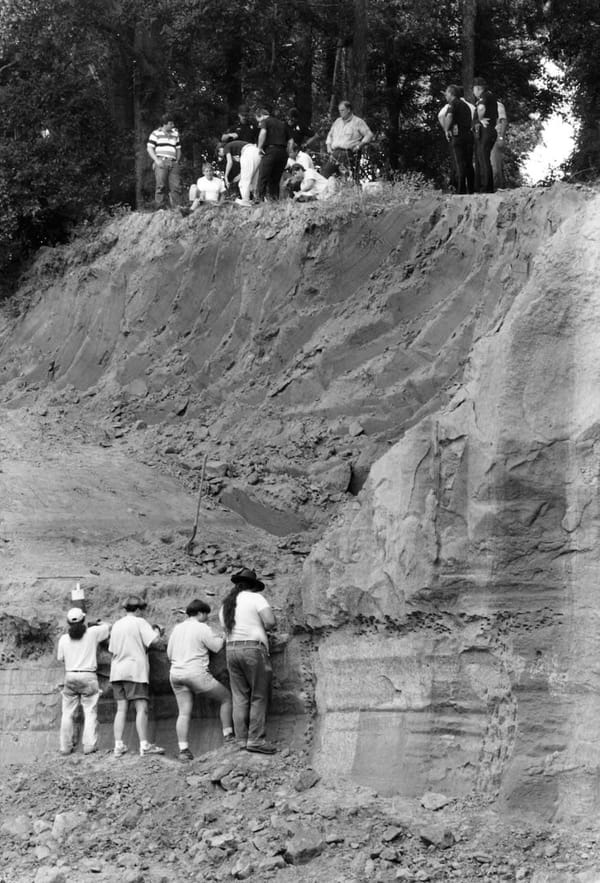
"That's how, two months after our marriage, my wife and I headed off to prison." Subscribe to read now! Otherwise, the paywall comes down on Friday.
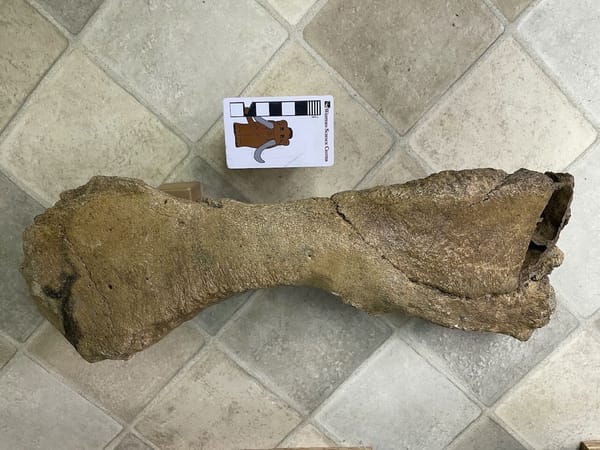
Mastodons have been known to western scientists for more than 250 years, and were identified in Louisiana as early as 1804. But in spite of the long history of mastodon research, they still have lots of surprises for us.
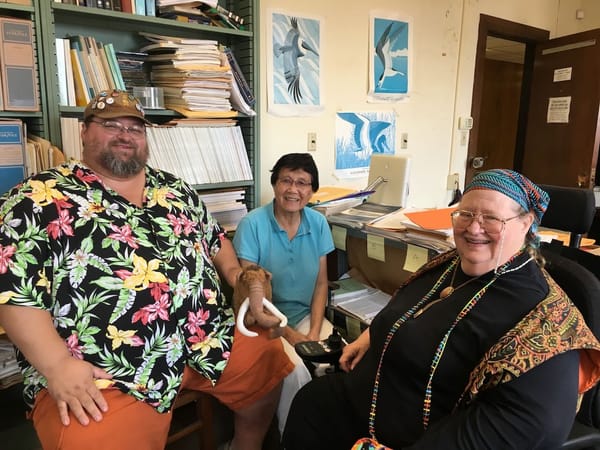
I completed my PhD at Louisiana State University in 1998, working under the guidance of Dr. Judith Schiebout. When I applied to LSU, Judy was mostly known for her work on the early Cenozoic mammals at Big Bend National Park in Texas. This was pretty far from the Miocene whales
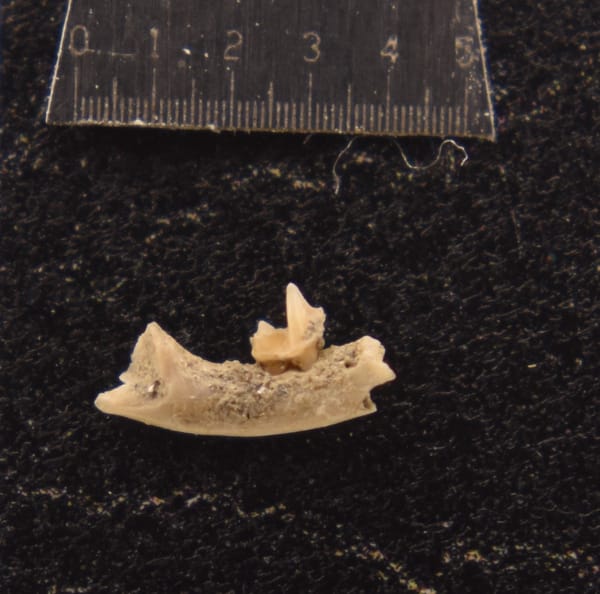
Much of my research has focused on fossils of animals from the upper end of the size range, such as whales and mastodons. But I'm endlessly fascinated by the vast numbers of small fossils out there. Even among the vertebrates, some of the bones are tiny! Above is
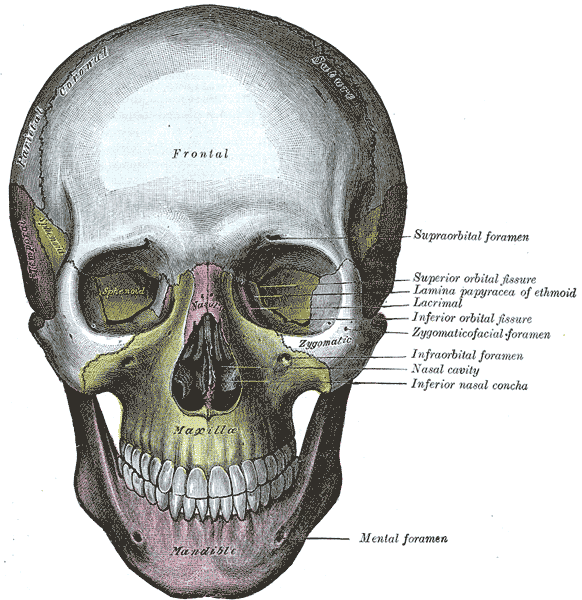
When trying to understand the anatomy of a bone, one of the first steps is identifying structures that are shared with the same bone from other species (the technical term is "homologous structures"). One that is quite useful to look for is holes in the bone, called foramina
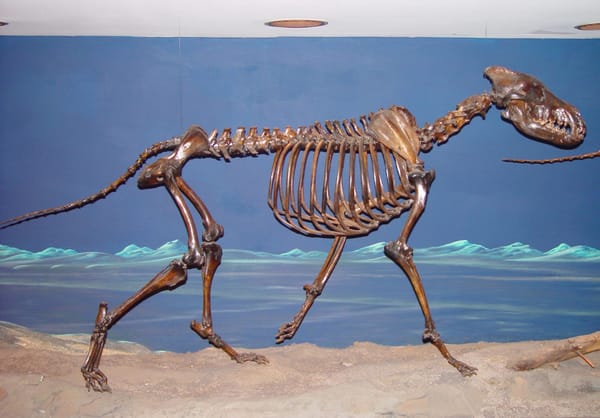
You may have seen the mountains of hype over the last few days about Colossal Biosciences' claim that they have brought the dire wolf back from extinction. I am, to put it mildly, skeptical. That's not to say there isn't some impressive science going on.
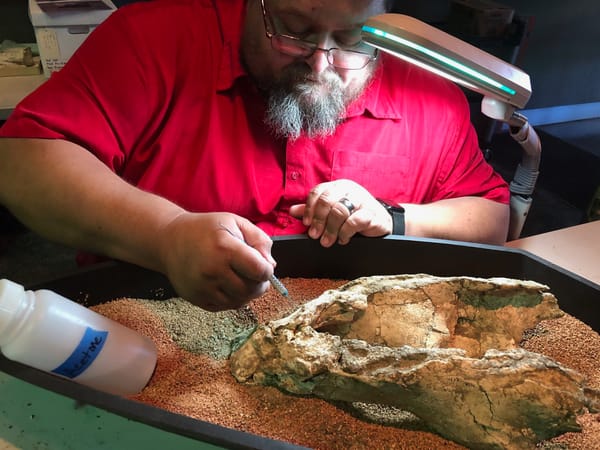
I'm a scientist, and have been one my entire adult life (and for most of my childhood). I'm also an educator, although in my view you can't really be a scientist unless you're also educating people about science. Way back in the